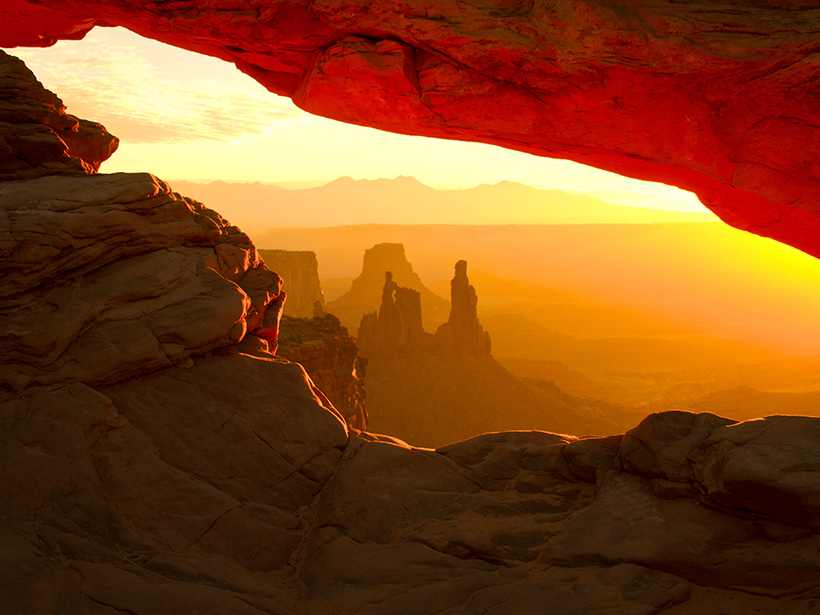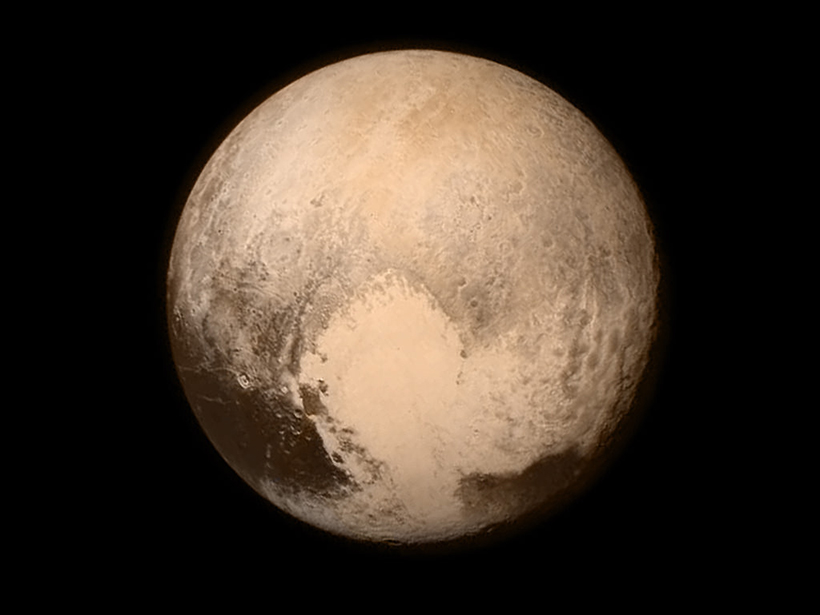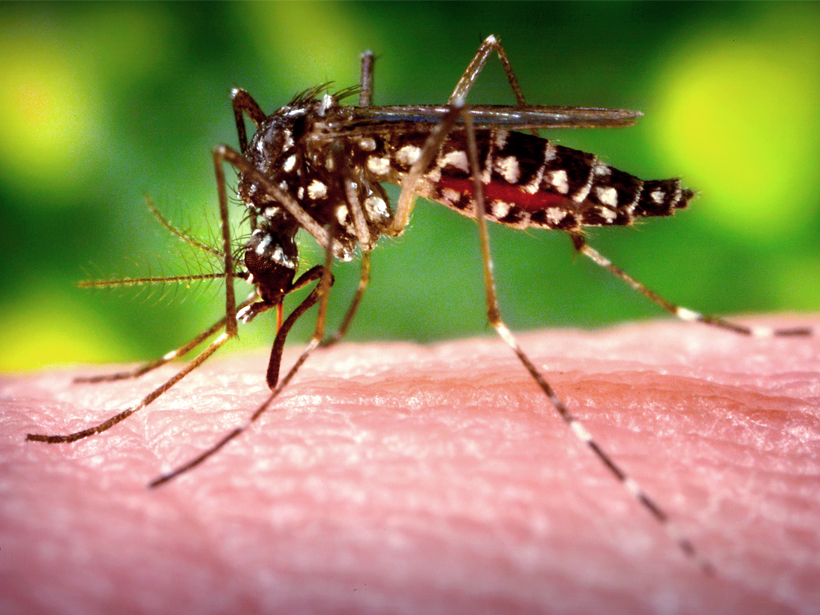What do the coming political changes mean for the job market? In the short term, not much. But long term, expect privatization, contract employment, and more.
lists!
Top 10 Eos.org Articles of 2016
From habitable zones around aging stars to anomalies in a stratospheric wind pattern, here's a list of some of last year's most popular stories.
Five States Put Energy and Environmental Issues on the Ballot
From banning plastic bags to regulating solar power, states across the country asked voters to make important decisions on energy and the environment.
Thirteen Ghoulish Place-Names Across the Globe
Feeling devilish this Halloween? Open a map.
Four Position Statements Approved by AGU Board of Directors
The American Geophysical Union updated one position statement and reaffirmed three others as written.
Senior Scientists Must Engage in the Fight Against Harassment
Here are nine steps that senior scientists can take right now to change scientific culture into one where harassment is treated as a type of scientific misconduct.
Six Snapshots of Geoscience Research from National Parks
As the National Park Service celebrates its 100th anniversary, we celebrate ongoing Earth and atmospheric research made possible by conservation efforts.
Six Things Dwarf Planets Have Taught Us About the Solar System
It's been 10 years since Pluto was reclassified as a dwarf planet. But no matter the label, it and its dwarf planet cousins continue to stun researchers with their complexity.
Pinatubo 25 Years Later: Eight Ways the Eruption Broke Ground
From the first rapid assessment of a volcano's history to insights on geoengineering, the 15 June 1991 eruption of Mount Pinatubo changed the way we approach and learn from volcanic hazards.
Seven Ways Climate Change Threatens U.S. Population's Health
A report by the U.S. Global Change Research Program finds health risks from global warming tied to heat, air quality, vector-borne diseases, water issues, extreme weather, nutrition, and mental stress.










